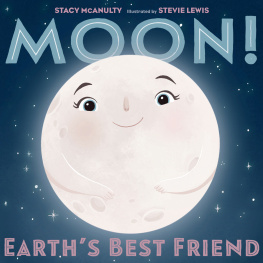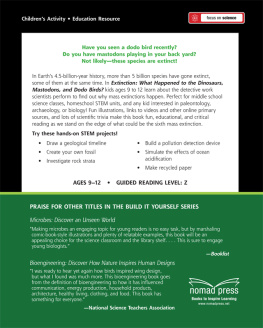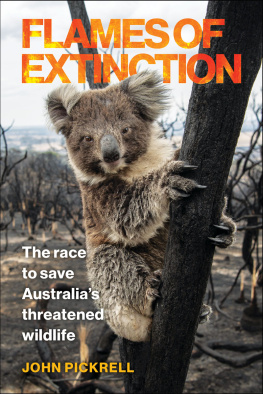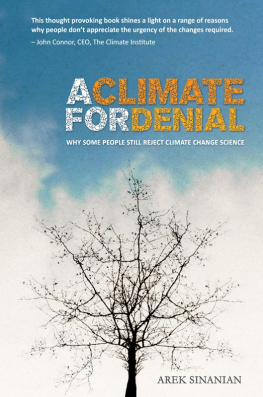
Text copyright 2022 by Stacy McAnulty
Illustrations copyright 2022 by Nicole Miles
Cover art copyright 2022 by Nicole Miles. Cover design by Jenny Kimura.
Cover copyright 2022 by Hachette Book Group, Inc.
Hachette Book Group supports the right to free expression and the value of copyright. The purpose of copyright is to encourage writers and artists to produce the creative works that enrich our culture.
The scanning, uploading, and distribution of this book without permission is a theft of the authors intellectual property. If you would like permission to use material from the book (other than for review purposes), please contact permissions@hbgusa.com. Thank you for your support of the authors rights.
Little, Brown and Company
Hachette Book Group
1290 Avenue of the Americas, New York, NY 10104
Visit us at LBYR.com
First Edition: May 2022
Little, Brown and Company is a division of Hachette Book Group, Inc. The Little, Brown name and logo are trademarks of Hachette Book Group, Inc.
The publisher is not responsible for websites (or their content) that are not owned by the publisher.
Library of Congress Cataloging-in-Publication Data
Names: McAnulty, Stacy, author.
Title: Save the people! : halting human extinction / Stacy McAnulty.
Description: First edition. | New York : Little, Brown and Company, 2022. | Includes bibliographical references and index. | Audience: Ages: 812 | Summary: A book for middle-school-aged children about previous extinctions and possible threats to humans, from volcanoes, to asteroids, to pollution and diseases. Provided by publisher.
Identifiers: LCCN 2021027527 | ISBN 9780759553941 (hardcover) | ISBN 9780759553989 (ebook)
Subjects: LCSH: Extinction (Biology)Juvenile literature. | Mass extinctionsJuvenile literature. | Human beingsEffect of environment onJuvenile literature. | Human beingsEffect of climate onJuvenile literature. | NatureEffect of human beings onJuvenile literature. | Human beingsExtinctionJuvenile literature.
Classification: LCC QH78 .M325 2022 | DDC 576.84dc23
LC record available at https://lccn.loc.gov/2021027527
ISBNs: 978-0-7595-5394-1 (hardcover), 978-0-7595-5398-9 (ebook)
E3-20220407-JV-NF-ORI
FOR PAST STACY
(ILL EXPLAIN IN THE ACKNOWLEDGMENTS.)

This book is not for everyone. Thats a strange thing to admit when Im hoping to sell a million copies. Because these chapters are bursting with scary but true information, some peoplemainly adults, I imaginewill want to close the cover and ignore the dangers looming inside. But looking the other way doesnt make threats disappear. To come up with solutions, we must arm ourselves with knowledge and science. (You know science, the subject that brought us antibiotics, the internet, and the recipe for homemade slime.)
Save the People! Halting Human Extinction is what Id call nonfiction horror, which is probably not currently a section in your library or favorite bookstore. With the way things are going, though, maybe it will be soon. In these pages, we will examine frightening topics like mass extinction and the inevitable potential demise of our planet. Some of these events have already occurred, others will probably never happen (thankfully), still others are possible, and one is well underway. (Spoiler alert: Its climate change.)
If you dont like scary stories, you might be tempted to put this book down. No hard feelings. However, if you believe in the power of science and humans problem-solving abilities, and youre brave enough to confront perilous possibilities, I encourage you to soldier forward. Grab a flashlight and a friend (thats how I like to watch horror movies), and get ready to take a scientific journey from Earths past through today and beyond, to our questionable future. Who knows? Someday, you may hold the key to saving the people.
All my best,

Those who fail to learn from history are condemned to repeat it, British prime minister Winston Churchill said in 1948, borrowing from philosopher George Santayana. Churchill probably wasnt referring to the birth of our solar system or the extinction of dinosaurs, but knowing our science history is essential to understanding todays world and todays threats.
So lets jump into the past and see where we came from before we look at where were heading. With any luck, we wont repeat what the dinosaurs lived through.
Actually, they didnt live through it.
Buckle up! This is going to be a ridiculously quick ride through time and space, so keep your arms and legs inside the vehicle at all times. If you have questions, dont worry. Well take a deeper dive into the most intense ideas once we catch our breaths.
13.8 BILLION YEARS AGO
CONGRATULATIONS! ITS A UNIVERSE!
Once upon a time, our universe began with a bang. A big one! Originally, the universe was smaller than the period at the end of this sentence, and then energy, matter, and time were created in a blink.
13.7 BILLION YEARS AGO
STAR LIGHT, STAR BRIGHT, FIRST STAR I SEE TONIGHT
About 180 million years after the big bang, the universe got its first stars.
4.6 BILLION YEARS AGO
CONGRATULATIONS! ITS A SUN!
Our neighborhood star is obviously our favorite (dont tell the others), and it came on the scene a whopping 9 billion years after those first stars. Before the sun became the sun, it was an enormous rotating ball of dust and gas, AKA a nebula.
4.54 BILLION YEARS AGO
A PLACE TO CALL HOME.
The leftover dust and gas that didnt join the burning hot sun became our solar systema collection of eight planets (which does not include Pluto), at least five dwarf planets (which does include Pluto), over 150 moons, thousands of comets, and millions of asteroids.
STILL AROUND 4.54 BILLION YEARS AGO
CONGRATULATIONS! ITS A MOON!
Earths first years were lifeless and harsh. Especially one day during the Late Heavy Bombardment period, when a Mars-sized rock crashed into Earth. Scientists call this boulder Theia. On impact, Theia was obliterated, and so was a portion of Earth. This crash shot debris thousands of miles into space, but over time, Earths gravity captured some of these chunks and wrapped them into a neat little ball. And thus, our moon was born. So basically, the moon is Earth and Theias child.
4.5 BILLIONISH YEARS AGO
SPLISH, SPLASH!
Earth continued to be pelted with space rocks and experienced very violent volcanic activity. Then things cooled off and got wet. About 100 million years after Theias impact, water covered nearly the entire planet. Some small islands may have dotted the waterscape, but Earth was definitely in its bluest-of-blue phase. Most of our planets surface water probably came from magma cooling (picture steam escaping as molten rock solidified). Some H2O may have been delivered from outer space via icy comets.



















